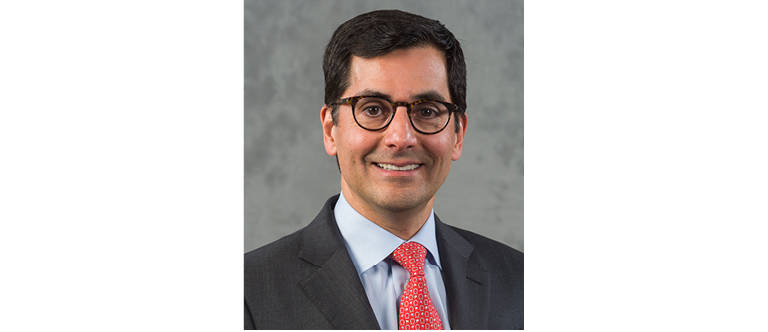In early 1853, 95-year-old Eliza Hamilton, widow of Alexander Hamilton, dined at the White House. President Millard Fillmore “fussed over her, and the first lady gave up her chair to her. Everybody was eager to touch a living piece of American history.”1 Even though the stakes and scale are smaller today and our contemporary is much younger, we have a living piece of radiology history among us — her name is Pam Kassing, MPA.
Pam, who retired from the ACR earlier this year after 34 years of service, earned her economics degree from George Mason University. Pam joined the ACR in 1985 as a temporary staff member in the accounting department. Quickly, her talents became apparent and she moved to the research department. Soon after, she became part of the newly formed economics and health policy department, later serving as its senior director. Pam’s ACR story is one of mutual loyalty and commitment. Below, I describe her accomplishments and her contributions to our profession. But first, I’d like to share with you a little about ACR’s commitment to her.
Pam, who calls herself a “military brat,” says that the ACR offered her a purpose and a sense of stability, which many military dependents seek. The ACR has taken steps to keep her engaged throughout her career. For instance, the ACR allowed her to work from home when her children were young, at a time when working from home was much less common than it is today. More recently, the ACR allowed Pam to telecommute and finish her ACR career while living in Arizona. Along the way, the ACR paid for her master’s degree and repeatedly offered her new challenges
Pam’s 34 years of service to the ACR have been productive and remarkable. Among her accomplishments are eight awards for professional excellence, including the Thorwarth Award for excellence in economics and health policy. In addition, she is credited with 26 peer-reviewed papers, 75 presentations, and countless meetings and conference calls. Pam has contributed immensely to the radiology profession’s evolution from a largely hospital-based specialty — still learning the nuances of CT, MR, and PET — to a diverse specialty, with an expanding patient-facing presence.
And yes, economic actions have been relevant to that success. Pam was a leader when the entire house of medicine’s means of payment moved from usual and customary charges to the resource-based relative value scale (RBRVS). In addition, she helped construct the original radiology RVS, which eased our transition into the RBRVS. Pam ventured into other payment systems as well. Overseeing the Hospital Outpatient Prospective Payment System was one of her more important ACR roles. She also helped construct and maintain radiology’s place within it — ensuring that our hospital partners were paid fairly. And we cannot overlook her educational contributions. She was one of the originators of the ACR business course and has given numerous educational lectures during her career, translating the economics achievements of the ACR into material that our members can apply in their own practices.
I once asked Pam what her greatest accomplishment was, and she described two — one specific and one general. On the specific front, it was her work with ACR CEO William T. Thorwarth Jr., MD, FACR, on the 2003–2004 Socioeconomic Monitoring Practice Expense Survey, which culminated in radiology’s practice expense per hour reaching $200. In lay terms, this figure is an important determinant of our technical component payments. And on the more general front, Pam told me that the key to her accomplishments was her commitment to causes important to ACR members. In other words, her actions were always driven by what benefited the members and the ACR — for instance, staffing the Commission on Economics and mentoring the staff and volunteer members. Along the way, Pam applied her exceptional interpersonal skills to advocate for the ACR externally — with vendors and other societies. The one organization she mentions specifically, and most affectionately, is the Radiology Business Management Association.
Every piece of living history leaves a legacy. Borrowing from the musical “Hamilton,” I would like to close with the lyrics of “The World Was Wide Enough” — “Legacy, what is a legacy? It’s planting seeds in a garden you never get to see.” In Pam’s case, that garden is the thousands of patients who have benefited from her dedication, commitment and work, neither knowing her name nor what she has done for them. And they don’t need to — which is exactly how Pam would want it.

